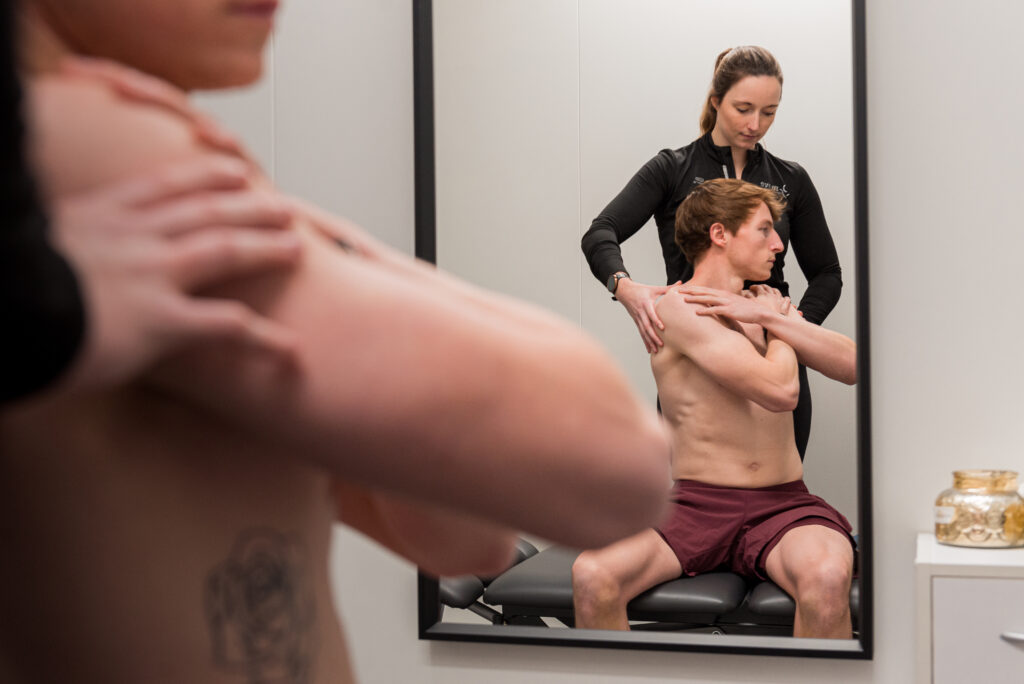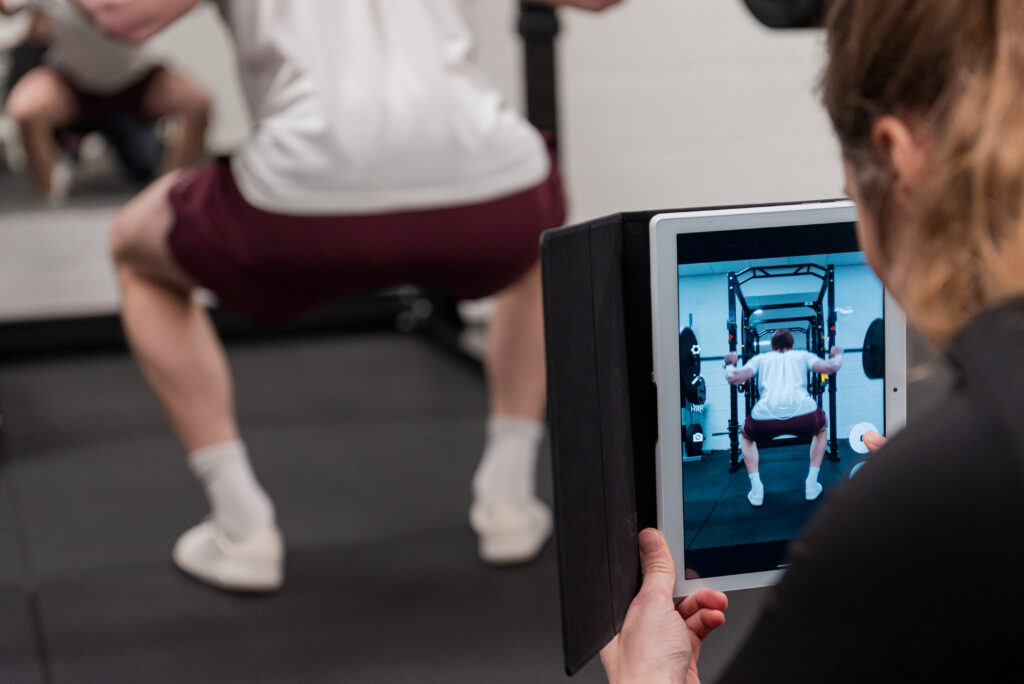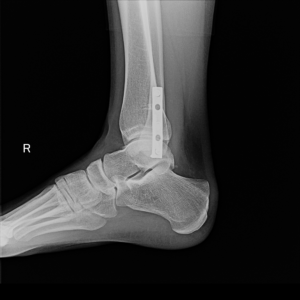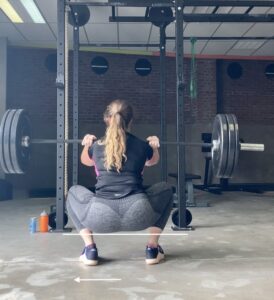
Functional Mobility Belgium was created for CrossFit, weightlifting and fitness athletes (recreational/competition) to optimize their mobility and stability training, to improve their fundamental movement patterns and to learn more about rehab, injury prevention and performance enhancement.
The 4 pillars of Functional Mobility
As a sports physiotherapist I have learned a lot from functional fitness, weightlifting and CrossFit over the past years. I’ve always hoped that one day I would be able to combine my work as a physiotherapist and my sport. And it worked!
More than 50% of my patients are CrossFit, weightlifting and fitness athletes. It soon became clear that they all had always similar problems: limited mobility, stability issues, failure to perform basic movement patterns correctly, lack of awareness of injury risks. As a result, difficult techniques (such as overhead squats, squat cleans, snatches, muscle ups, handstand push ups, …) become unsafe. The risk of injury increases and this will negatively affect one’s performance.
You often hear collaborations between physiotherapy practices and soccer clubs, tennis clubs, volleyball clubs, … This is still relatively new in weightlifting and functional fitness.
After a lot of research, we have created individual screenings and group seminars with the aim of raising awareness of how to improve performance and avoid injuries. This happened in collaboration with physiotherapy practice Move and Meuse Functional Fitness.
And that’s how Functional Mobility Belgium was born!



I had surgery on my right ankle 8 years ago. It still has a plate and some screws in it. Now I have a permanent ankle mobility limitation on the right side. My squat and the load on my knees and hips are therefore not symmetrical. As a result, I quickly overload my hips and back.
So I had to look for the right squat position in which I load my joints as symmetrically as possible. This is not easy, but not impossible either.
Ultimately, your body learns to deal with asymmetries, but in this type of sport you should continue to strive for symmetry and equal load as much as possible.
Situations like these help me as a sports physiotherapist to understand my patients and what they are dealing with.
This also helped me build up the screenings and seminars.
All information, screenings, programs and seminars are inspired and based on scientific studies, articles, books, clinical experiences, training courses, educations and conversations with osteopaths, doctors, physiotherapists and coaches in this field.
A big thanks to and the collaboration with Meuse Functional Fitness, Praktijk Move, Pieter Simons (website design + photography), Dennis Van Vlaenderen (photography).
